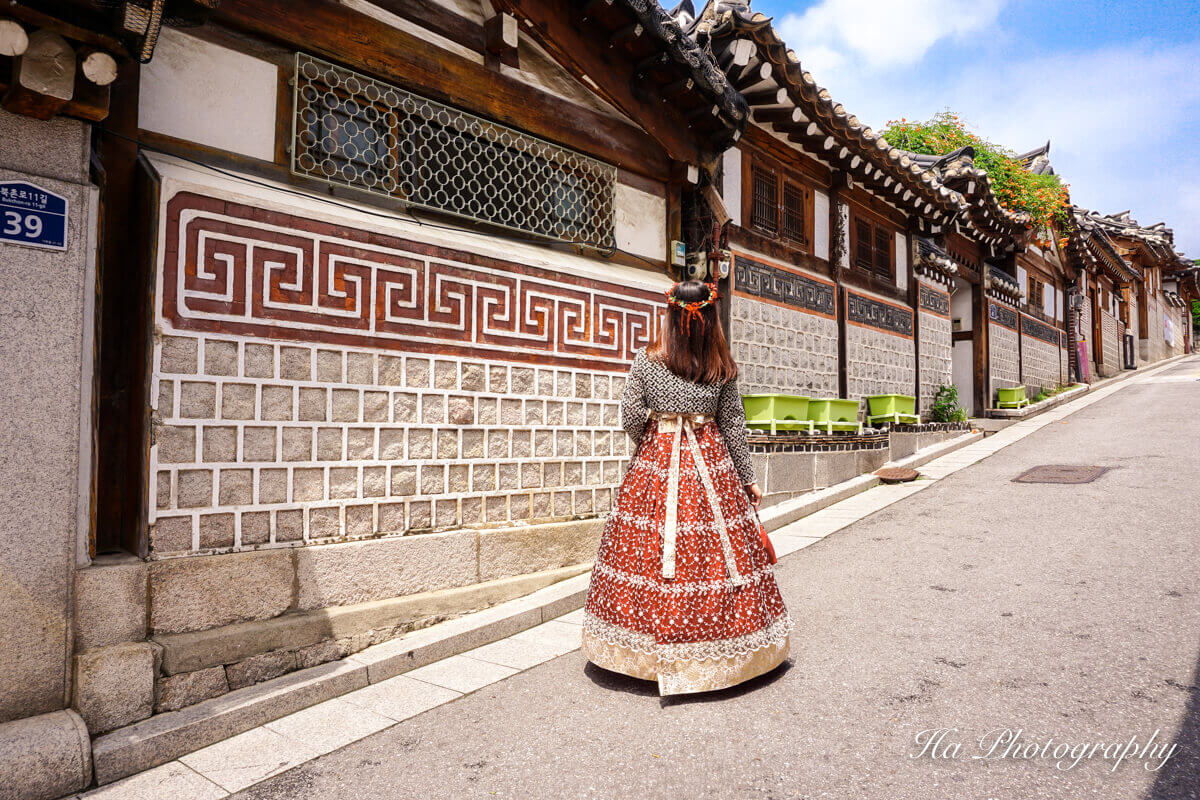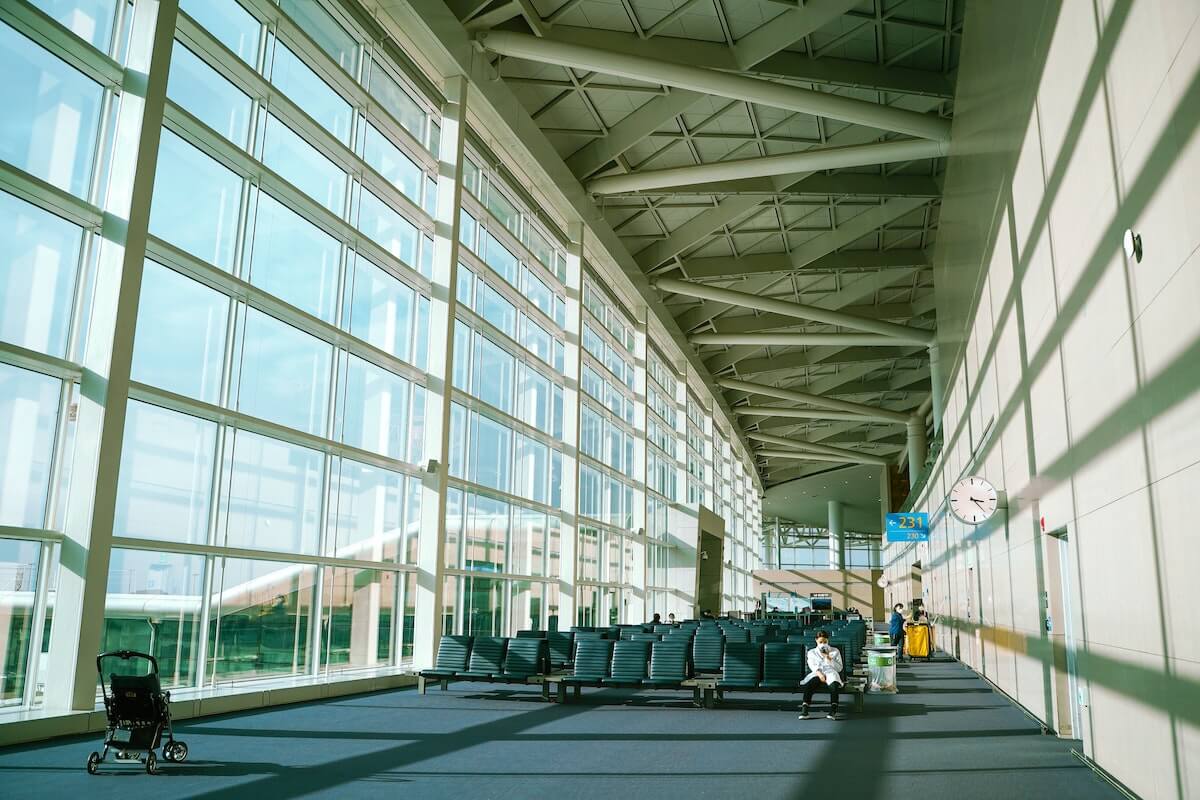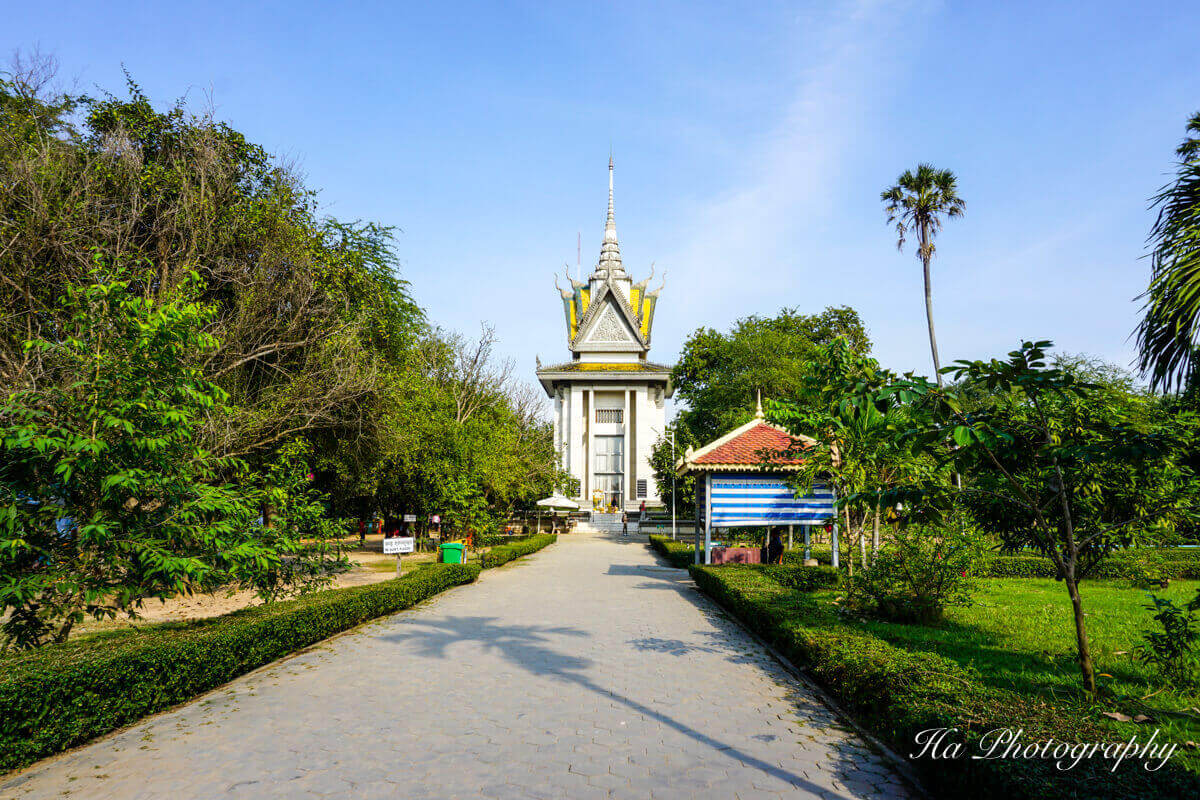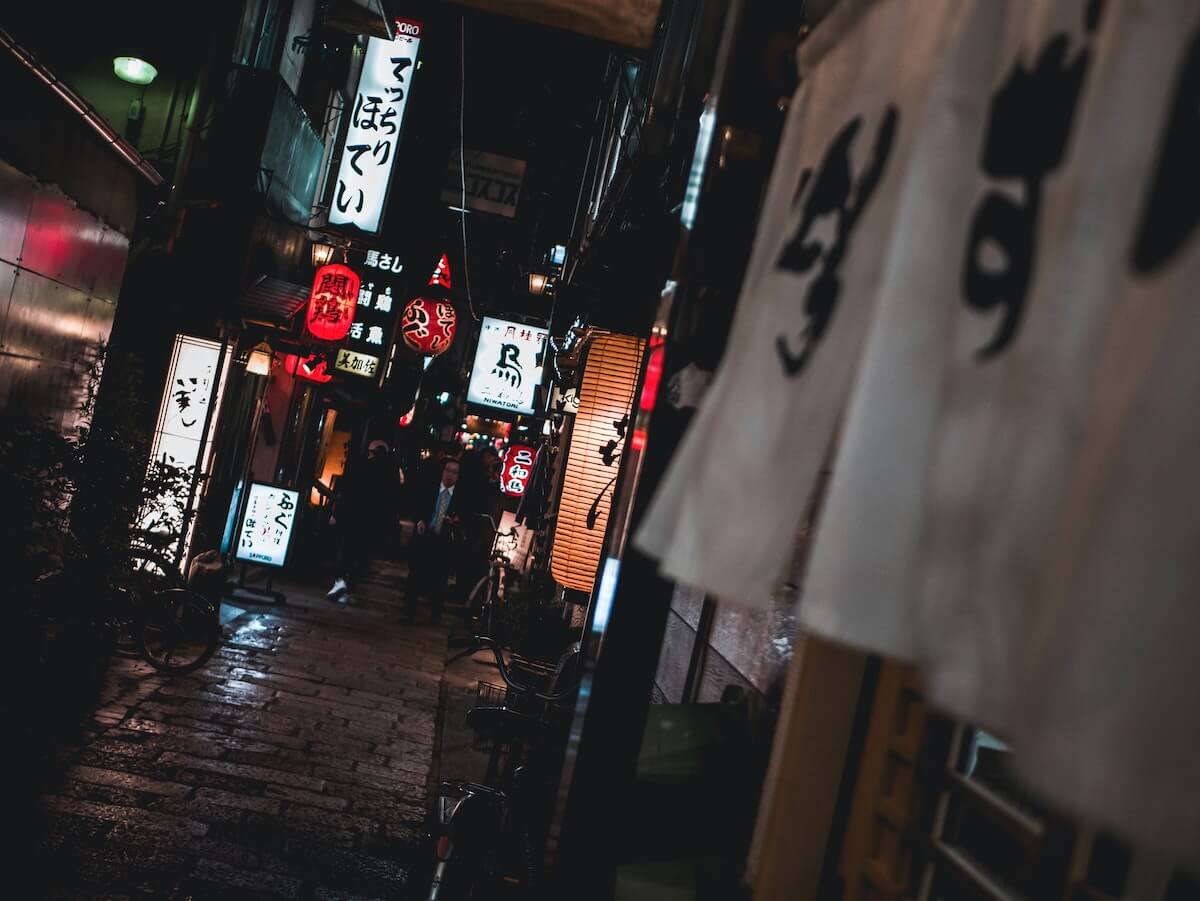Getting Around Seoul: Your Guide to Subways, Buses, and Taxis
Planning to explore Seoul, South Korea? Discover the best ways to get around Seoul with our guide on subways, buses, taxis, and more!
Seoul is an amazing city to explore, and getting around Seoul can be part of the fun if you know how to do it right.
Whether you’re navigating ancient palaces or modern shopping districts, knowing how to get from point A to point B will make your trip so much smoother.
In this guide, I’ll share the best ways to travel around Seoul.

Seoul Subway
The Seoul Metro is your go-to for getting around Seoul.
With over 20 lines, it’s fast, cheap, and incredibly efficient. Nearly all stations have free bathrooms —perfect when you’re out and about all day!
Ticket Options
You can choose single-journey tickets or grab a transport pass like T-money, CU, or Cashbee. These passes work on subways, buses, taxis, and even in some stores.
A ride starts at ₩1400 with a transport pass, and you can make up to four free transfers between subway lines or buses within 30 minutes.
You can top it up at any subway station or convenience store, which is super handy.
Subway Hours
The metro runs from 5:30 am to midnight, covering most travel schedules. After midnight, taxis are your friends.
For the most accurate timings, I always check the KakaoMap or Naver apps—they’re lifesavers.

Read Next: Fun things to do at night in Seoul.
Finding the Subway
Most neighborhoods in central Seoul are within walking distance of at least one station, so access is rarely an issue.
Subway stations are marked by blue and yellow signs, or a gray sign with the station name and colored circles for the lines.
Most stations have stairs or escalators, and some even have elevators.
Using the Subway
Inside, everything’s clearly marked in English, which is great for us who don’t know much Korean. Platform screens show train times, and exit signs guide you to nearby landmarks.
Also, the stops are announced in Korean, English, Chinese, and Japanese.
The locals here are orderly—watch and learn the art of queuing for trains!
Discover Seoul Pass
I highly recommend getting a Discover Seoul Pass, which is a combination of a T-Money card and a discount card.
Available in 24-, 48-, or 72-hour options, it includes perks like a ride on the A’REX train from Incheon to Seoul and free admission to over 70 attractions in Seoul.
Seoul Buses
Seoul’s buses complement the subway perfectly, reaching areas that might not have a metro stop. Major bus stops are usually announced in English and Korean.
The buses are color-coded, making it easy to figure out:
- Blue Buses: Connect suburban areas to downtown Seoul on long routes.
- Green Buses: Link major subway stations and bus terminals outside downtown Seoul on shorter routes.
- Yellow Buses: Circulate within downtown Seoul, stopping at subway stations, tourist spots, and business districts.
- Red Buses: Express buses for commuters traveling between the metropolitan area and downtown Seoul.
- Maeul Buses: Small green local buses running shorter routes around residential areas.
I usually pay with a T-Money card because it’s convenient, but you can also use cash.

Taxis in Seoul
Taxis are a practical choice if you’re out late or have a lot to carry. Sometimes it’s cheaper than metro if you’re traveling in a group in a short distance.
You can hail them on the street or use the Kakao T app, which is in English.
Types of Taxis
- Standard Taxis: Usually orange or silver. The base fare starts at ₩4,800 for the first 2 km, with a 20 percent surcharge between midnight and 4 am.
- Deluxe Taxis: Black taxis with extra legroom. The base fare starts at ₩6,500 for the first 3 km.
- Jumbo Taxis: Can seat up to eight passengers, with the same fare as deluxe taxis.
Car Rentals
Driving in Seoul can be tricky with traffic, language barriers, and limited parking.
Public transport is so good that renting a car is often unnecessary unless you plan some day trips from Seoul.
If you do choose to rent a car, you can do so at Incheon Airport or Gimpo International Airport.
To rent a car in Seoul, you’ll need a valid International Driving Permit (IDP) along with your regular driver’s license and passport. Make sure your full name matches on all documents to avoid any issues with the rental.
Walking
Walking is often the best way to explore Seoul. The city is packed with shops, restaurants, and cultural sights all close together.
- Wear Comfortable Shoes: Seoul’s streets are clean and well-maintained, but you’ll want comfy shoes for all the walking.
- Stay Hydrated: Carry water, especially in summer.
- Use Maps: Naver Maps and Kakao Maps are excellent for walking directions and finding nearby attractions.
Getting from Incheon Airport to Seoul City Center
There are a few convenient options for getting from Incheon Airport to Seoul city center, each with its own perks.
AREX (Airport Railroad Express): AREX is my favorite way to travel from Incheon Airport to Seoul. It’s fast, clean, and efficient.
- Express Train: 43 minutes, ₩9,500
- All-Stop Train: 56 minutes, ₩4,150
Airport Buses: These buses are comfortable and drop you off at various locations throughout Seoul.
- Journey: 60-90 minutes
- Cost: ₩10,000 – ₩16,000
Taxis & Private transfer: While more expensive, they’re a good option if you have lots of luggage or arrive late at night.
- Duration: ~1 hour
- Cost: ₩60,000 – ₩100,000

FAQs on Getting Around Seoul
How do I get around Seoul without speaking Korean?
Getting around Seoul without speaking Korean is easier than you might think! Subway stations and buses have English announcements, and apps like KakaoMap and Naver Map offer English versions to help you plan routes. If you prefer taxis, use apps like Kakao T to book a ride in English. Showing addresses written in Korean to drivers can also be helpful.
How to get a T-Money card?
You can buy a transport card at convenience stores like 7-Eleven, GS25, and CU or at subway station vending machines. Transport cards can be used on subways, buses, some taxis, and even in certain shops and cafes. Simply tap your card on the reader when entering and exiting the subway or bus to automatically deduct the fare. You can reload the card at convenience stores or subway station kiosks.
Is it safe to walk around Seoul at night?
Seoul is generally very safe, even at night. The city is well-lit and has a low crime rate compared to many other large cities. Areas like Hongdae, Itaewon, and Myeongdong are lively and busy well into the night.
Final Thoughts
Getting around Seoul couldn’t be easier with its efficient public transport. The subway, buses, and taxis cover all your travel needs within the city.
For more travel tips, hidden gems, and must-see spots in Seoul, don’t miss my travel guides!





